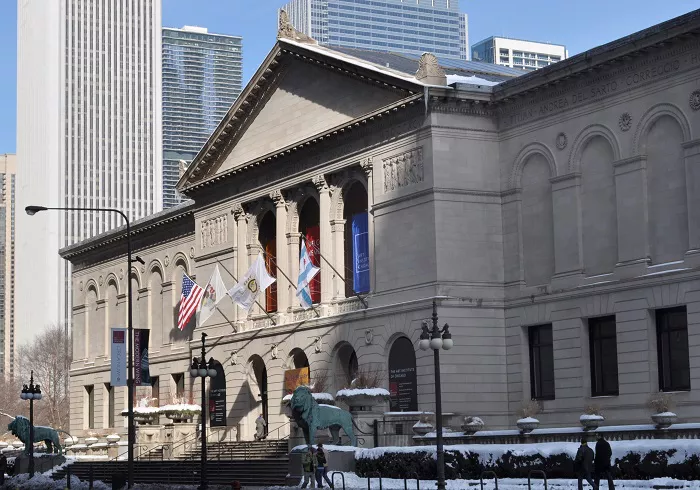CHELYABINSK, Russia — As the world marks International Museum Day on May 18, South Ural State University (SUSU) shines a spotlight on the vital role of university museums in preserving history, fostering education, and nurturing cultural identity. Representatives from two of SUSU’s key institutions—the Museum of SUSU History and the People and Technologies of the Urals Museum and Exhibition Complex—shared insights into their collections, missions, and the evolving role of museum professionals.
A Legacy Rooted in Russia’s Academic and Military History
University museums in Russia trace their origins to the establishment of Moscow University Museum in 1755, the country’s first institution of its kind. As higher education expanded, so too did the number of university-affiliated museums. By 1917, there were 11 such museums, primarily focused on scientific and educational functions. Military academies followed suit in the latter half of the 18th century, establishing museums within cadet corps, such as the First St. Petersburg Cadet Corps in 1766.
During the Soviet era, institutional history museums began to emerge. The Museum of Leningrad University, now the Museum of the History of St. Petersburg State University, opened in 1945 and set a precedent for others. Today, SUSU continues that legacy with two flagship museums dedicated to both institutional and regional heritage.
Preserving Academic Heritage: The Museum of SUSU History
Founded in 1980 through the efforts of Irina Korobova, Chairperson of the Council of Veterans of Chelyabinsk Polytechnic Institute, and supported by then-Rector Vitaly Melnikov, the Museum of SUSU History serves as a vital repository of the university’s legacy. Initially confined to a single classroom, the museum endured setbacks—including a partial archive loss in the early 1990s—but was revived in 1995 in its current form.
Nadezhda Ivanova, Head of the Museum and Director of SUSU’s Museum and Educational Complex, noted that while the museum’s collection is not part of the official State Museum Fund, it comprises several thousand items. These include digitized photographs, index cards, and original documents from World War II veterans, university graduates, and faculty.
Among the museum’s most prized exhibits are wartime letters, official commendations, and black-and-white photographs from the front lines. “These documents form the emotional and historical core of our collection,” Ivanova stated, adding that the museum’s archival material has contributed to regional projects such as “Letters from the Front.”
According to Ivanova, the museum not only promotes patriotic values but also strengthens institutional identity. “Our university has a bright and remarkable history, born in the crucible of war in 1943. Sharing this story instills pride in our students and staff,” she said.
A Dynamic Field: The Museum Professional’s Role
Ivanova emphasized that the museum profession demands a unique blend of passion, resourcefulness, and adaptability. “A museum worker often goes beyond curating exhibits—they restore documents, digitize records, and bring stories to life,” she explained. The profession, she added, offers intellectual freedom and the opportunity to deeply engage with history across generations.
Regional History Through Artefacts: People and Technologies of the Urals
The People and Technologies of the Urals Museum and Exhibition Complex, founded in 2011, reflects decades of archaeological and historical research conducted by SUSU scholars. Spearheaded by noted historians such as Alexander Tairov and Sergey Batalov, the museum houses over 12,000 items, with new artefacts added annually through field expeditions.
Yulia Vasina, Head of the Museum and Exhibition Complex, highlighted the importance of regional history in shaping collective identity. “Regardless of profession, everyone benefits from knowing the history of their home,” she said. The museum’s collection has been featured in exhibitions at prestigious venues including the Moscow Kremlin and the Kazan Kremlin.
Vasina described the museum worker’s essential traits as diligence, consistency, and a genuine love for history. “You can’t speak passionately about something you don’t truly care for,” she remarked.
Visiting Information
Museum of SUSU History
Address: Thermal Engineering Building, 143 Kommuny Street
Hours: Weekdays, 9:00 AM – 5:00 PM
People and Technologies of the Urals Museum
Address: SUSU Main Building (Basement), Room 09, 76 Lenin Prospekt
Hours: Weekdays, 9:00 AM – 5:00 PM
As these two institutions illustrate, university museums continue to serve as vital cultural and educational pillars, preserving the past while inspiring future generations.


